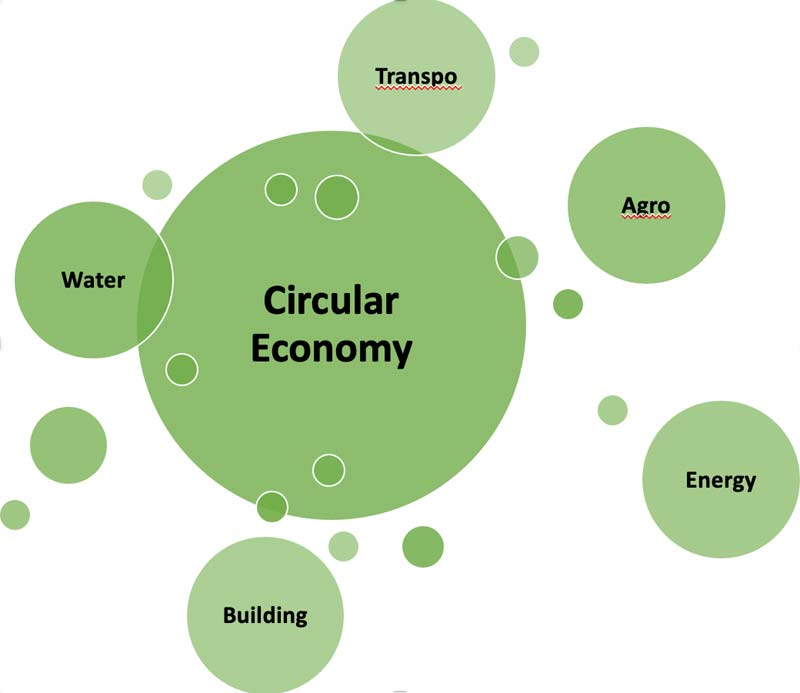In a circular economy, all types of material that might otherwise be treated as waste, such as clothes, scrap metal and obsolete electronics, are returned to the economy or used more efficiently. This protects the environment and uses natural resources more efficiently, while creating new jobs and economic opportunities.
In a circular economy, manufacturers design products to be reusable and easier to repair. Products and raw materials are also reused as much as possible and more intensively, for example by sharing them with others. On balance, this means that fewer products and therefore fewer raw materials are needed.
A circular economy favours activities that preserve value in the form of energy, labour, and materials. This means designing for durability, reuse, remanufacturing, and recycling to keep products, components, and materials circulating in the economy.
In a world where most trade occurs in the form of parts and components in highly globalized value chains, promoting global resource circularity requires international standards, cooperation, and a willingness to make informed choices based on awareness, education, and the use of innovative business models.
Circularity aims to tackle global challenges such as climate change, biodiversity loss, waste, and pollution by emphasizing the design-based implementation of three basic principles necessary for the transformation to a circular economy - Designing out waste and pollution, Keeping products and materials in use, and Regenerating natural systems.
